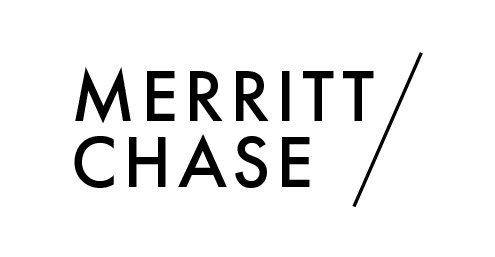Check out Nina Chase’s recent review of Cannon Iver’s book Staging Urban Landscapes: The Activation and Curation of Flexible Public Spaces. Read an excerpt from the review below. The full review can be found on Land8 here.
“Cannon Ivers’ Staging Urban Landscapes: The Activation and Curation of Flexible Public Spaces is a beautifully designed and expertly choreographed survey of urban landscapes at the intersection of public space design and programming. As Sergio Lopez-Pineiro argues in his essay “Scratch That!”, “public space is no longer considered to be only physical space but…seen as a combination of physical space with a curatorial program.” Ivers makes a strong case for the advantageous mixing of both. The book includes essays, case studies, historic reviews, and a visual index all focused on the alignment of design and activation. Ivers playfully and intentionally provides a little something for everyone.
…
For the students of design (life-long or currently enrolled), take note. The insatiable rise in public space programming is driving the execution of urban landscapes globally. The challenge to design truly unique and culturally relevant landscapes is more important now than ever. In his afterword “Design, Curation, and Identity,” James Corner sums up the potential downfall of the “great design plus great programming” equation. “’Programming the urban surface’ and a design vocabulary of sheds, platforms, stages, plinths, theatres, frames, equipment, infrastructures, utilities and similar invitations for infinitely flexible use can all too easily lead to impoverished or formulaic physical designs.” As designers, we cannot fall victim to homogeneity, but rather leverage the contemporary demand for flexible public space to compliment the culture of a community and elevate its diversity. Ivers’ Case Studies are successful because they represent their constituents and provide space for individual interpretation. To remain relevant, we cannot simply copy and paste their successes in place.”














